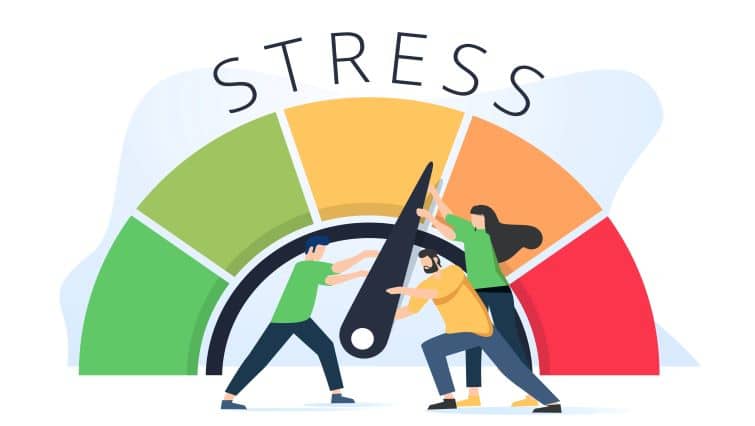Have you heard of polyvagal theory? It’s a crucial piece of the jigsaw of understanding how we relate to each other, and what supports or impedes human connection.
The vagus nerve is a branch of our nervous system that responds to our sense of feeling ‘safe’ in the world – and we can work to activate it, physiologically, to feel safer. Social engagement improves the safer we feel.
When we are managing interpersonal #conflict or disagreements, a knowledge of polyvagal theory can help us regulate our own emotions, and recognise why/when another person may be behaving in a way that is either defensive or ‘shut down’.
Sukie Baxter is a brilliant educator on the subject, and her video here is a great starting point:
Polyvagal Theory Explained Simply:
0:00 Polyvagal Theory Explained Simply
1:07 What Is Polyvagal Theory?
1:41 Where Does Polyvagal Theory Come From?
1:54 Old Model Of The Body’s Stress Response
2:47 How The Polyvagal Theory Explains Stress
3:05 The Polyvagal Ladder: 3 States Of Nervous System Activation
3:26 Ventral Vagal Social Engagement
4:49 Sympathetic Nervous System Activation (Fight or Flight)
7:08 Dorsal Vagal Shutdown
9:40 How The Body Stores Stress
13:13 Polyvagal Theory And Pain: What’s The Connection?
15:12 Polyvagal Theory And Mental Focus
15:26 Polyvagal Theory and Relationships
16:11 Why Changing Your Thoughts Won’t Release Stress Stored In The Body
17:42 How To Regulate Your Autonomic Nervous System
#polyvagaltheory #humanconnection #interpersonalcommunication #mediation #traumarecovery





